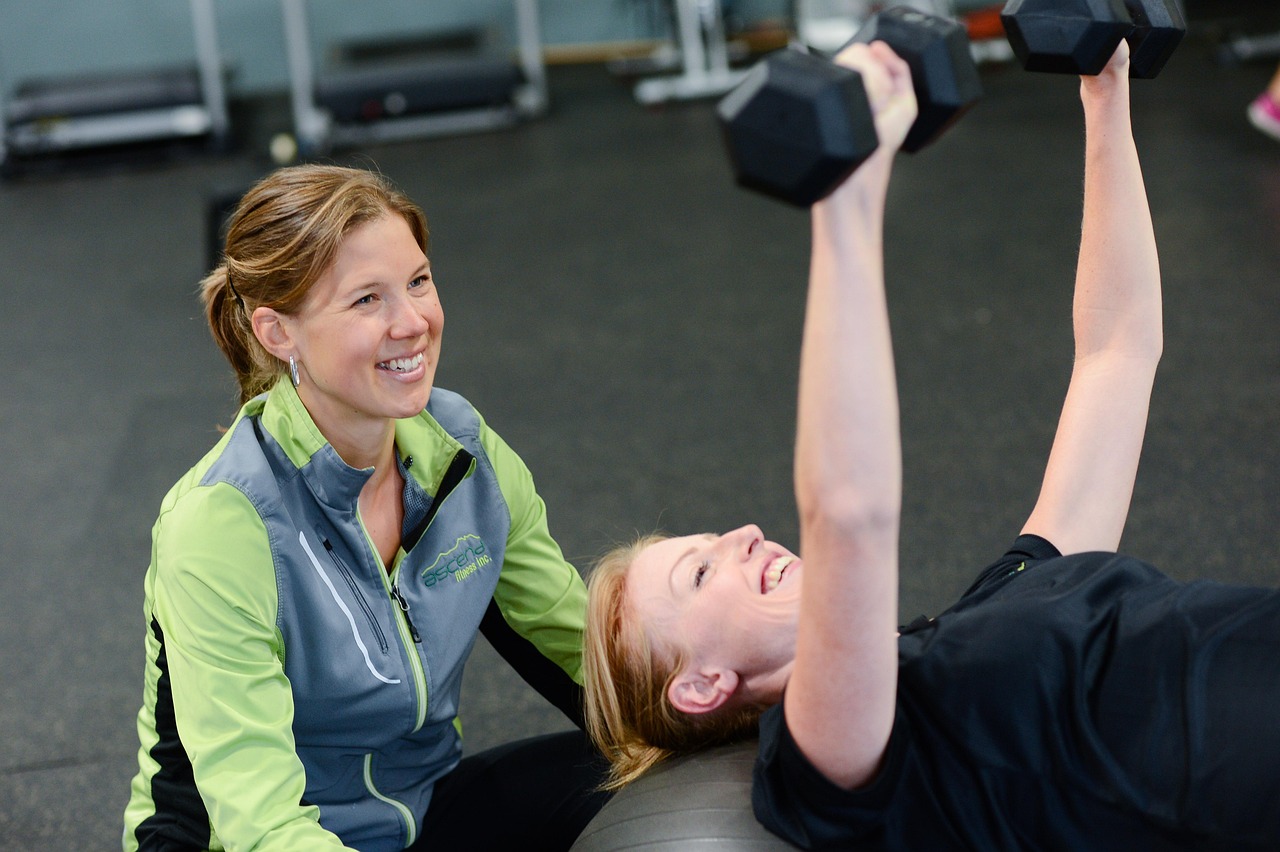When you’re excited to reach your fitness goals – whether it’s lifting heavier, running faster, or just feeling stronger – it’s tempting to push harder, lift more, or rush through movements. However, in the world of fitness, few things are as crucial as proper form. Neglecting it is a direct path to injury and significantly limits your potential gains.
We emphasize that “real” fitness is sustainable fitness. Let’s break down why proper form isn’t just a suggestion, but the absolute foundation of an effective and safe workout.
Why Proper Form is Non-Negotiable
- Injury Prevention: Your Body’s Best Defense
- Reduced Stress on Joints: Incorrect form places undue stress on joints (knees, hips, spine, shoulders) rather than the muscles designed to bear the load. This can lead to strains, sprains, and chronic pain.
- Muscle Imbalances: Poor form often means certain muscles compensate for others that aren’t engaging properly, leading to imbalances and increased injury risk.
- Acute vs. Chronic Injuries: While some injuries are sudden (acute), poor form can also lead to nagging, long-term issues (chronic) like tendonitis or repetitive strain injuries.
- Maximizing Muscle Activation and Gains:
- Targeted Muscle Engagement: When you use proper form, you ensure the intended muscles are doing the work. This leads to more efficient and effective muscle activation.
- Strength Development: Correct engagement translates to stronger muscles. If you’re “cheating” reps, you’re not actually building strength in the target area.
- Hypertrophy (Muscle Growth): Optimal muscle activation and stress (without injury) are necessary for muscle growth. Poor form might allow you to lift heavier, but if the right muscles aren’t firing, growth is inhibited.
- Improved Performance:
- Efficiency: Good form makes movements more efficient, leading to better performance in your workouts and daily life.
- Progression: Once you master the correct form, you can safely and effectively increase weight, reps, or intensity, allowing for continuous progress.
- Mind-Muscle Connection:
- Enhanced Awareness: Focusing on form helps you develop a stronger mind-muscle connection, truly feeling the muscles work. This not only improves results but also makes your workouts more engaging.
- Body Awareness: It cultivates a deeper understanding of your body’s mechanics and capabilities.
Common Form Mistakes to Watch Out For (and How to Fix Them)
- Rounding Your Back: Especially common in squats, deadlifts, and rows.
- Fix: Engage your core, keep your chest up, and think about hinging at the hips, not just bending your back.
- Knees Caving In (Valgus Collapse): Often seen in squats and lunges.
- Fix: Focus on pushing your knees slightly outwards, tracking them over your mid-foot. Strengthen glute muscles.
- Shrugging Shoulders: Common during overhead presses or lateral raises.
- Fix: Keep shoulders down and back, engaging your core.
- Excessive Swinging/Momentum: Using momentum instead of muscle control (e.g., bicep curls).
- Fix: Lower the weight and focus on slow, controlled movements.
Tips for Mastering Proper Form
- Start Light, Master Form: Always prioritize perfect form over heavy weight. Begin with lighter weights or even just your body weight until the movement feels natural and correct.
- Watch Yourself: Use a mirror (if available) or record yourself to identify any form deviations.
- Educate Yourself: Watch reputable exercise videos from certified trainers. Online resources from NASM, ACE, or trusted fitness channels can be invaluable.
- Seek Professional Guidance: Consider investing in a few sessions with a certified personal trainer. They can assess your individual biomechanics, correct your form, and provide personalized cues.
- Focus on Breathing: Proper breathing supports core stability and helps with efficient movement. Exhale on exertion, inhale on relaxation.
- Engage Your Core: A strong, engaged core is the anchor for almost every exercise.
- Listen to Your Body: Pain is a warning sign. If a movement causes sharp pain, stop immediately. Discomfort is normal; pain is not.
- Warm-Up and Cool-Down: Prepare your muscles and joints for activity and aid in recovery.
Proper form is the unsung hero of a truly effective and safe fitness journey. By committing to it, you’re not just preventing injuries; you’re unlocking your full potential, building sustainable strength, and honoring your body’s incredible capabilities.


